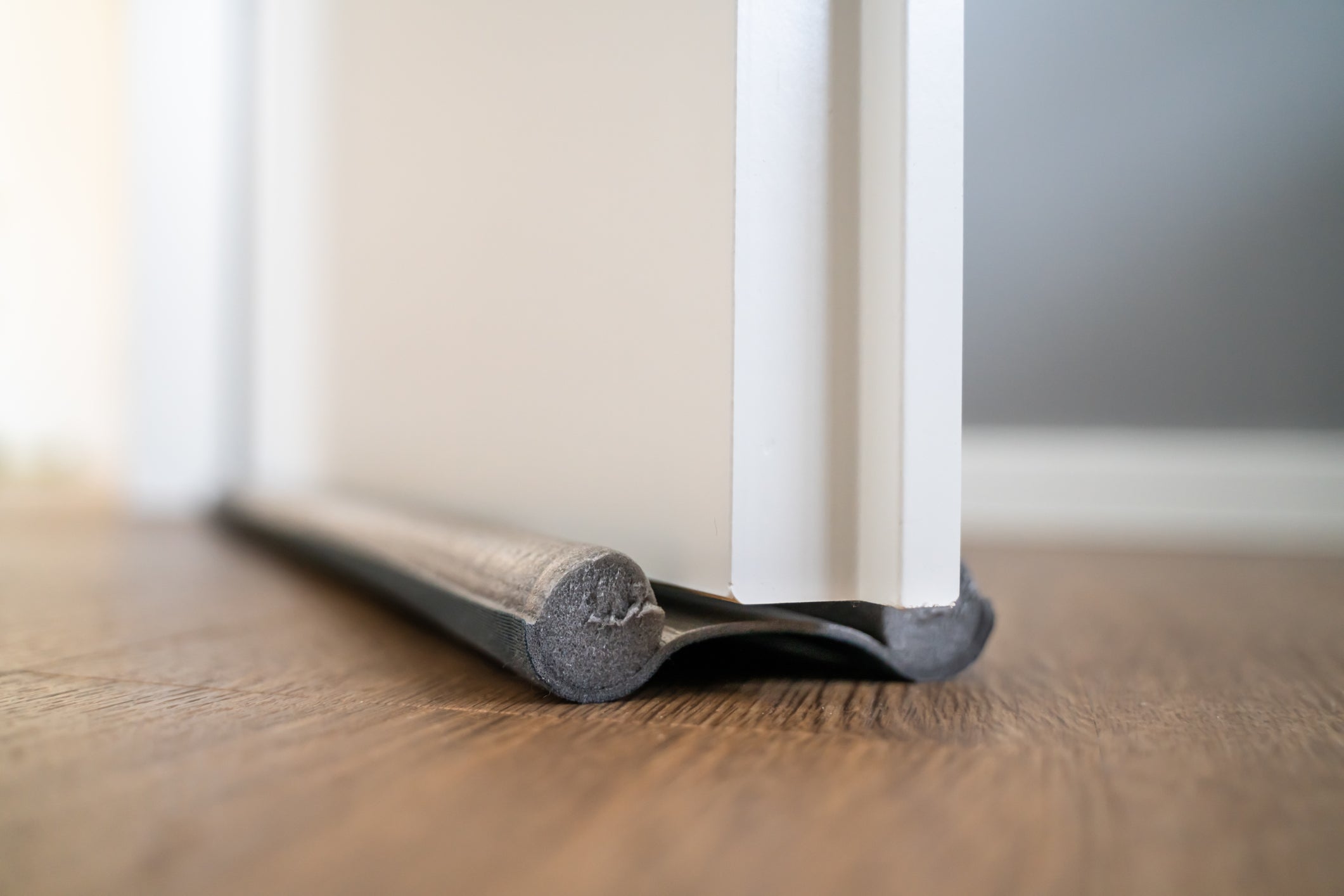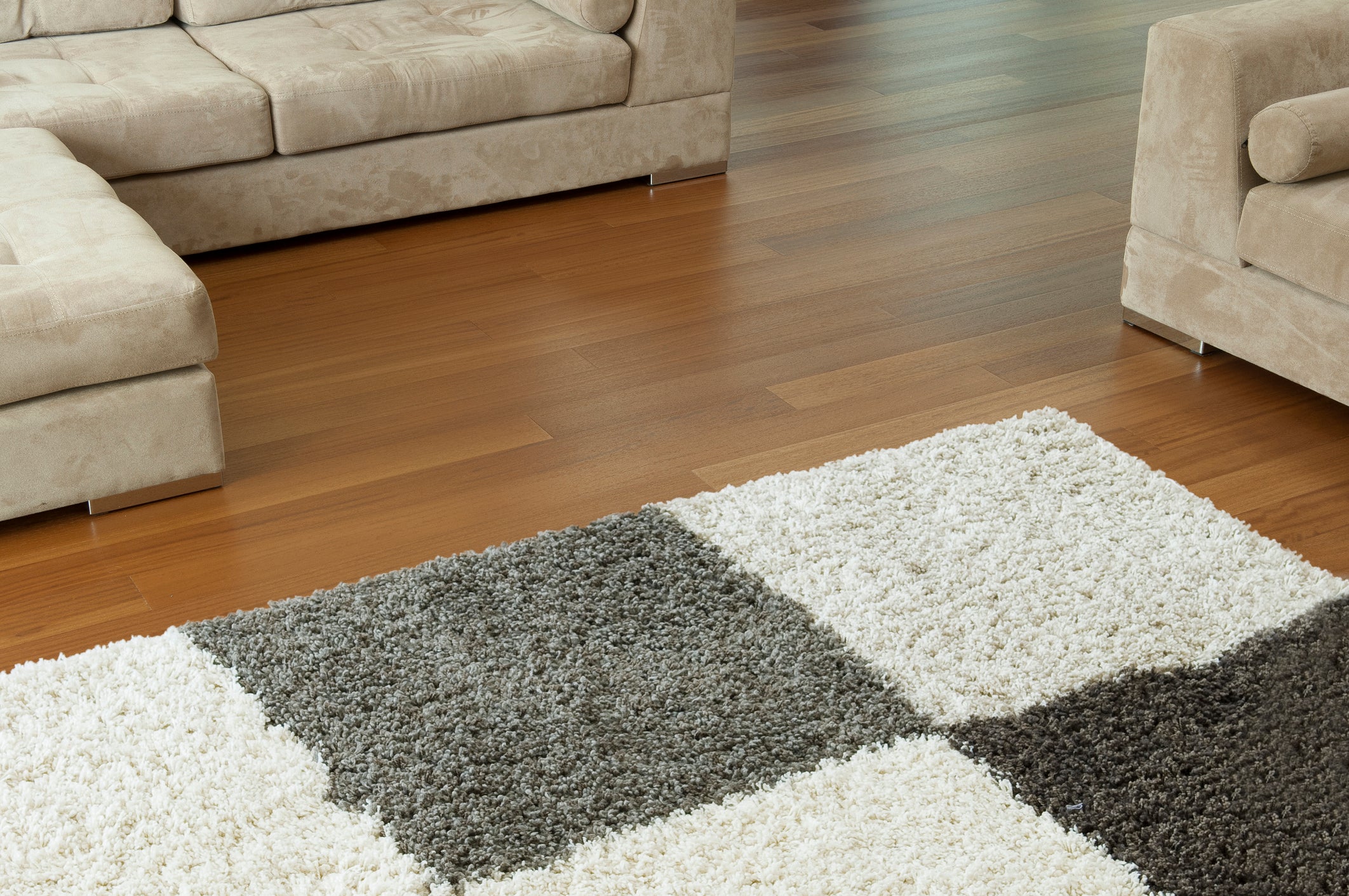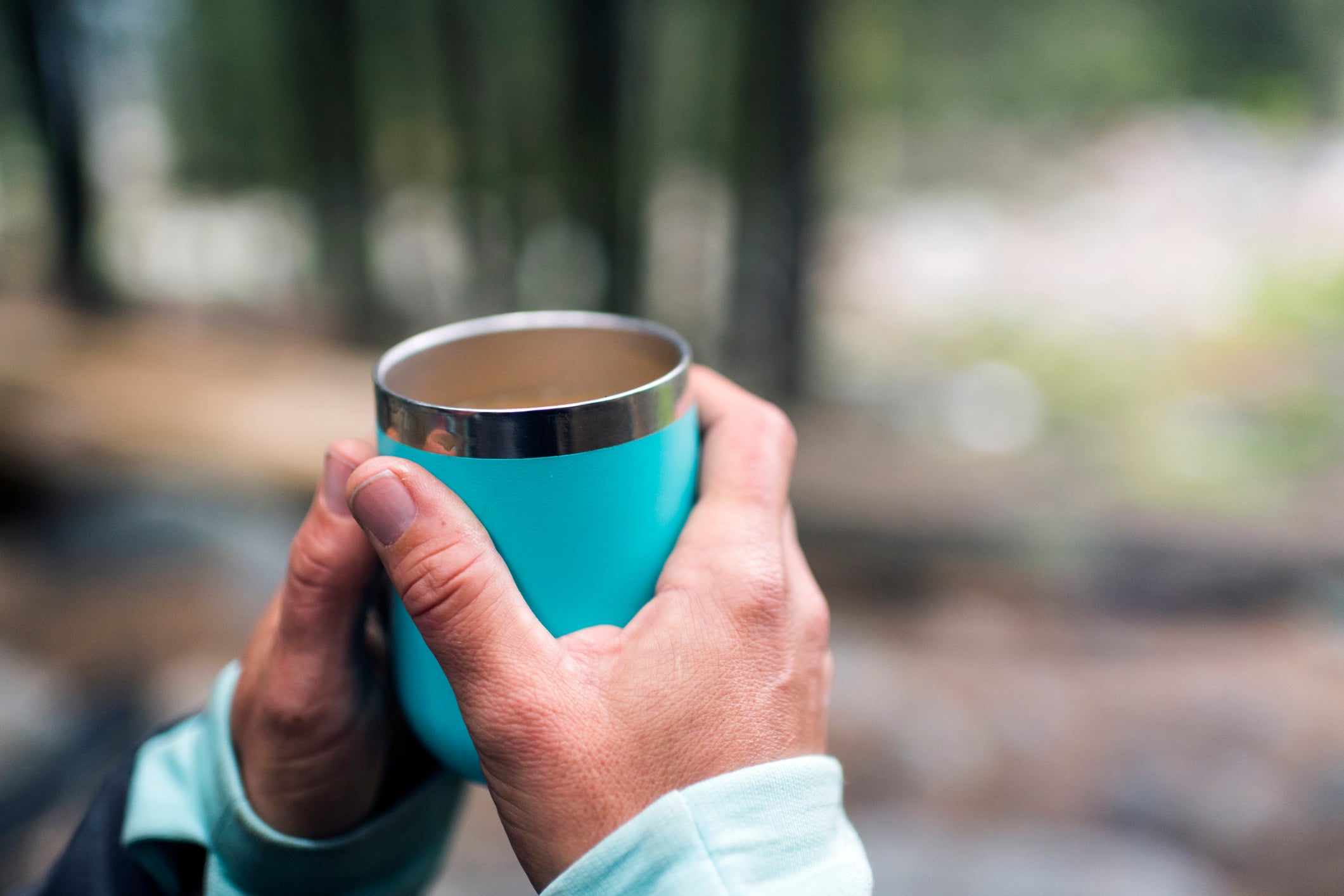Your support helps us to tell the story
From reproductive rights to climate change to Big Tech, The Independent is on the ground when the story is developing. Whether it's investigating the financials of Elon Musk's pro-Trump PAC or producing our latest documentary, 'The A Word', which shines a light on the American women fighting for reproductive rights, we know how important it is to parse out the facts from the messaging.
At such a critical moment in US history, we need reporters on the ground. Your donation allows us to keep sending journalists to speak to both sides of the story.
The Independent is trusted by Americans across the entire political spectrum. And unlike many other quality news outlets, we choose not to lock Americans out of our reporting and analysis with paywalls. We believe quality journalism should be available to everyone, paid for by those who can afford it.
Your support makes all the difference.With winter closing in, concerns about the cost of energy, fuel, food and other goods will be increasing.
As the Met Office issues a weather warning, with more heavy rain set to batter the UK following the chaos caused by Storm Babet, it’s not surprising that people might be seeking cost-effective ways of staying warm at home.
We spoke to the experts for their top tips on staying warm this winter, without spending money on expensive products or home fixes.
Layer up
Wearing more layers is the cheapest and quickest way to warm up without turning the heating on.
Jennifer Warren, spokesperson for Energy Guide UK, says: “Wearing more layers will ensure your body is well-insulated and that your body heat stays trapped for longer.”
She adds that wearing a hat, gloves and scarf will keep you even warmer because “between 40 to 45 per cent of body heat is lost through the head and neck”.
Finance blogger Joseph Seager, who has run the Thrifty Chap blog since 2016, agrees and gives additional advice to those who work from home: “Put a blanket over your knees and legs for extra comfort, ensuring you get up and move regularly.”
When it comes to bedtime, he says: “Pyjamas and extra blankets on the bed will keep you warm. You can even use sleeping bags from your summer camping trip to avoid you having to buy new blankets.”
Stop draughts
A draughty home is a cold one, so making sure you identify where draughts are coming from and blocking them will help warm things up.
Marianne Suhr, spokesperson for the National Home Energy Week, points towards hallways as being notoriously draughty and suggests checking your front door.
“Check whether the draught sealing around the door needs replacing and consider installing a rail and putting up a thick floor-to-ceiling curtain to cover the door at night,” she says.

“If the wind is whistling through the keyhole, attach a keyhole cover and place a block of foam inside the letter flap.”
You should also check other parts of the house that may be letting cold air in, such as loft hatches and period windows. Double glazing is the best way to stop draughty windows, but can be an expensive endeavour. A cheap, renter-friendly DIY solution is to install a lift-out clear plastic panel fixed with magnetic tape around the edge of the frame, Suhr recommends.
Close the door
A simple, yet effective way of keeping heat inside a room is to just close the door, according to Kevin Mountford, consumer savings expert and co-founder of Raisin UK.
He says: “If you’re spending time in one room for an extended period of time, like a home office or bedroom, it’s important to close your doors to trap any heat in.
“Closing all your internal doors can also stop draught from entering rooms, and when paired with draught excluders or tights stuffed with old socks or rice, can easily trap heat in your rooms.”
Consider your floors
It’s easy to overlook your floors, but they might be making you colder than you should be. Homes without carpets in particular will feel the chill much more, Seager says.

“Be sure to wear socks and slippers to avoid the cold, but also consider laying rugs,” he advises. “These will help you avoid cold tiles or laminate. Rugs on the carpet help provide an extra layer of insulation and make the property feel cosier.”
Check your radiators
If you do get a chance to turn your radiators on, you want to be making the most out of the heat you’ll get. The first thing you should do is bleed your radiators to ensure they run as efficiently as possible so that you don’t use any more energy than you really need to.
Experts also recommend putting foil behind your radiator to maximise the amount of heat they give out.
Mountford and Suhr both recommend doing this, as it “allows for heat to reflect back into the room”.
“This simple hack is a super cheap way to boost your radiators and can help keep your house warm this winter,” Mountford adds.
Stay active
The temptation to stay put on the sofa with blankets piled high during the colder months is strong. But getting up and moving around will help you feel much warmer, Warren and Seager say.
“Exercising is incredibly useful as it helps your body output its own heat,” Warren explains. “This occurs due to our muscles converting stored energy into heat energy, causing your body to warm up.”
But exercising isn’t the only way to stay active, Seager says. “You don’t have to be doing star jumps! Simple household chores like vacuuming the living room will get you moving and warm you up.”
Make hot drinks last
Making a hot cup of coffee or tea is always a welcome comfort from the cold. However, it’s all too easy to forget about the cuppa you made 30 minutes ago and by the time you finally remember, it’s gone cold.

Suhr warns that, while body temperature does rise while consuming a hot beverage, it only increases by about 2.5C and lasts just 20 minutes. “They aren’t the most effective, especially when you consider the costs of using the kettle,” she says.
However, Seager has a solution to keep drinks hot for longer and ensure you don’t waste any energy boiling the kettle only to forget about your cuppa.
“Pull out those thermal travel mugs and use them for your hot drinks instead of cups and mugs,” he says. “They’ll keep drinks warmer for longer. Hot chocolate and soup will also warm you up.”




Join our commenting forum
Join thought-provoking conversations, follow other Independent readers and see their replies
Comments